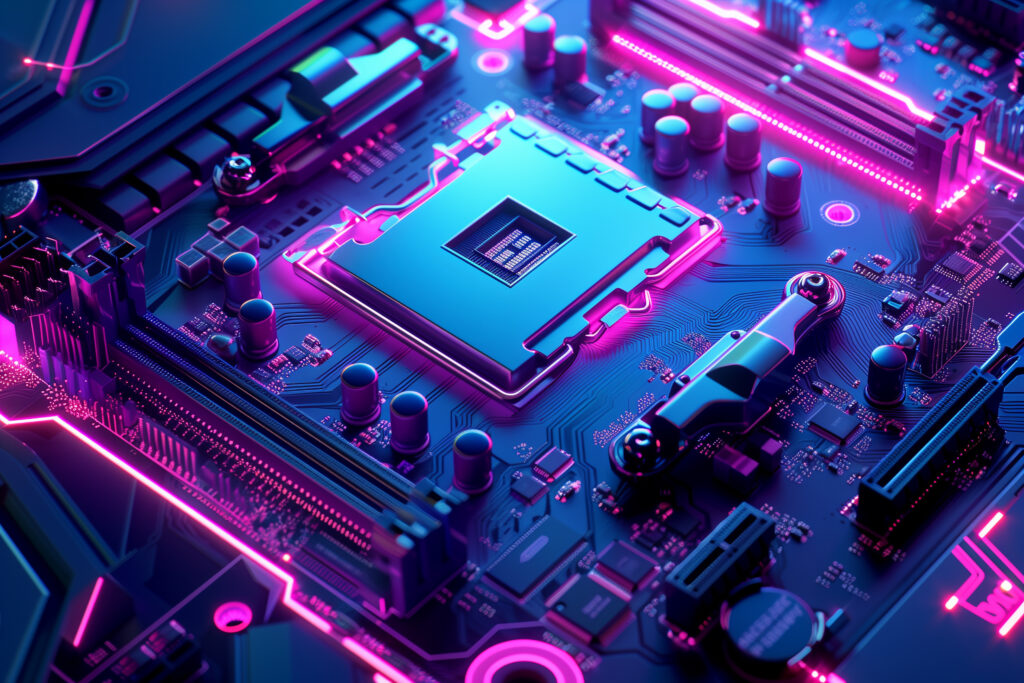Ever lost a match by a split second and blamed your internet? That’s ping at work—and it can ruin your entire gaming experience if left unchecked.
While most gamers focus on graphics cards, RAM, or refresh rates, there’s another hidden factor controlling your success: ping.
In this guide, we’ll explain what is ping in gaming, how it affects your response time, and how to reduce it for a smoother, faster online gaming experience in 2025.
Understanding What Ping Is in Gaming
So, what is ping in gaming?
Ping is the amount of time (in milliseconds) it takes for data to travel from your device to the game server and back. It measures latency—or network delay. The lower your ping, the faster your inputs (like shooting or moving) are registered by the server.
In simple terms, ping determines how quickly your game reacts to what you do.
For fast-paced games like Valorant, Fortnite, or Call of Duty, even a few milliseconds can determine who gets the kill and who respawns.
Ping Ranges Explained: What’s Considered Good or Bad?
If you’re asking what is ping in gaming, you also need to know what makes a ping good or bad.
| Ping (ms) | Quality | Gameplay Experience |
|---|---|---|
| 0–30 ms | Excellent | Super responsive, ideal for competitive gaming |
| 31–60 ms | Good | Smooth experience, minimal delay |
| 61–100 ms | Acceptable | Playable, but some delay may be noticeable |
| 100–200 ms | Poor | Lag becomes noticeable and frustrating |
| 200+ ms | Unplayable | High lag, near-impossible for real-time games |
In most online games, you’ll want your ping to stay below 50ms for the best performance.
Why Ping Matters So Much in Online Gaming
Knowing what is ping in gaming is essential because ping directly affects:
- Reaction Time: Low ping = faster actions and better aim accuracy
- Server Sync: Keeps your game in sync with others on the server
- Gameplay Predictability: High ping leads to random teleports, rubberbanding, and missed hits
Whether you’re playing FPS, MMORPGs, or racing games, ping shapes your online experience. It can mean the difference between a clutch win or a disappointing loss.
Ping vs. Lag: What’s the Difference?
People often confuse ping with lag, but they’re not exactly the same.
- Ping is a measurement of latency.
- Lag is the result you feel delays, slowdowns, or desyncs.
High ping causes lag, but lag can also be caused by network congestion, packet loss, or poor game optimization. So if you’re still wondering what is ping in gaming, it’s a number but one that controls the quality of your gameplay.
What Affects Your Ping in Gaming?
Understanding what is ping in gaming also means knowing what impacts it:
- Internet Connection Type: Fiber and wired Ethernet give lower ping than Wi-Fi.
- Server Location: Farther servers = longer data travel time = higher ping.
- Network Traffic: Other users streaming, downloading, or gaming on your network can increase latency.
- Router Quality: Old or overloaded routers can delay data transmission.
- ISP Routing: Sometimes your ISP routes traffic inefficiently, increasing your ping.
How to Check Your Ping Before or During Gaming
Here are some easy ways to check your ping:
- In-Game Network Stats: Many games like Fortnite and Valorant display live ping.
- Command Prompt (Windows): Run
ping google.comfor a general idea. - Online Tools: Use Speedtest.net or Ping-test.net for precise latency checks.
The more you understand what is ping in gaming, the easier it is to troubleshoot lag.
Smart Ways to Lower Your Ping in 2025
Now that you know what is ping in gaming, here are actionable steps to reduce it:
- Switch to Ethernet: Wired connections always beat Wi-Fi for ping stability.
- Close Background Apps: Stop YouTube, torrents, or heavy apps while gaming.
- Choose Nearby Servers: Select the closest game region manually when possible.
- Upgrade Your Router: Get a gaming router with traffic prioritization (QoS).
- Use a Gaming VPN (Carefully): Some paid VPNs reroute traffic for lower ping—especially in games with bad routing.
- Contact Your ISP: Ask for better routing or consider switching providers if ping is consistently high.
Even after optimizing hardware and software, your ping may spike due to server issues. That’s why consistent monitoring is key.
How Ping Impacts Different Game Genres
Not every game type is equally sensitive to ping. Here’s a breakdown:
- FPS & Battle Royale: Ping is critical. Every millisecond counts.
- MOBA & Strategy: Somewhat forgiving, but high ping can delay unit commands.
- Racing & Sports: Low ping ensures accurate control and timing.
- Turn-Based Games: Less affected, but online syncing still matters.
Regardless of genre, anyone serious about multiplayer gaming should know what is ping in gaming and how to manage it.
Conclusion: What Is Ping in Gaming and Why You Must Pay Attention
So, what is ping in gaming?
It’s the hidden performance factor that determines your in-game timing, precision, and overall online experience. Whether you’re playing casually or competitively, ping affects your every move—literally.
Here’s the recap:
- Ping = the time data takes to travel between your device and the server
- Low ping = fast responses and smooth gameplay
- High ping = delays, lag, and missed opportunities
- You can reduce ping with the right tools, habits, and connection setup
Want more expert tips like this? Check out one of the best gaming blogs for guides, reviews, and hardware help.
And if you’re looking to upgrade your full system, read our guide on What Does RAM Do for Gaming? to optimize both speed and stability.


